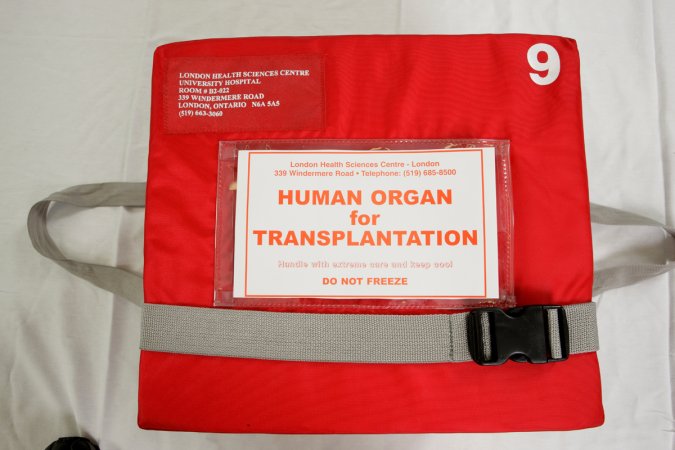

Almost 100,000 people languish on organ-transplant waiting lists. But new tissue-fabrication techniques should make swapping in a man-made liver as easy as snapping Lego bricks into place.
Blood vessels
Method: 3-D printer
When: 5 years
Gabor Forgacs, a tissue engineer at the University of Missouri, is making blood-vessel networks by culturing three types of vessel cells and loading them into a fridge-size bioprinter. This machine prints out the cells to build capillaries in preprogrammed patterns.
Liver
Method: Grown using stem cells from umbilical-cord blood
When: 15–25 years
Colin McGuckin has made silver-dollar-size, functional “mini livers.” They aren’t large enough to do a full body’s worth of work, because livers have hard-to-replicate ducts with specialized cells.
Kidney
Method: Grown on a polymer framework
When: 10–20 years
His artificial bladder breakthrough in 2006 grabbed all the headlines, but Anthony Atala of the Wake Forest Institute for Regenerative Medicine is forging ahead on other artificial organs. In 2002, when he transplanted artificial kidneys into cows, the organs survived for months and even produced their own urine, albeit not very efficiently. But to build one for humans, he has to figure out the precise combination of seeder cells that will transform a lab-built scaffold into a fully functioning, transplantable organ.















